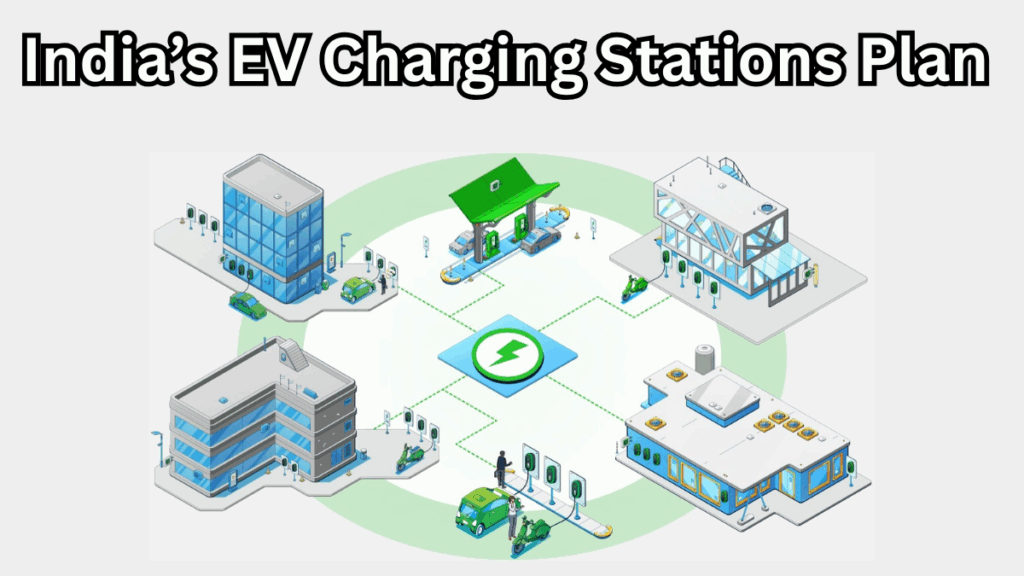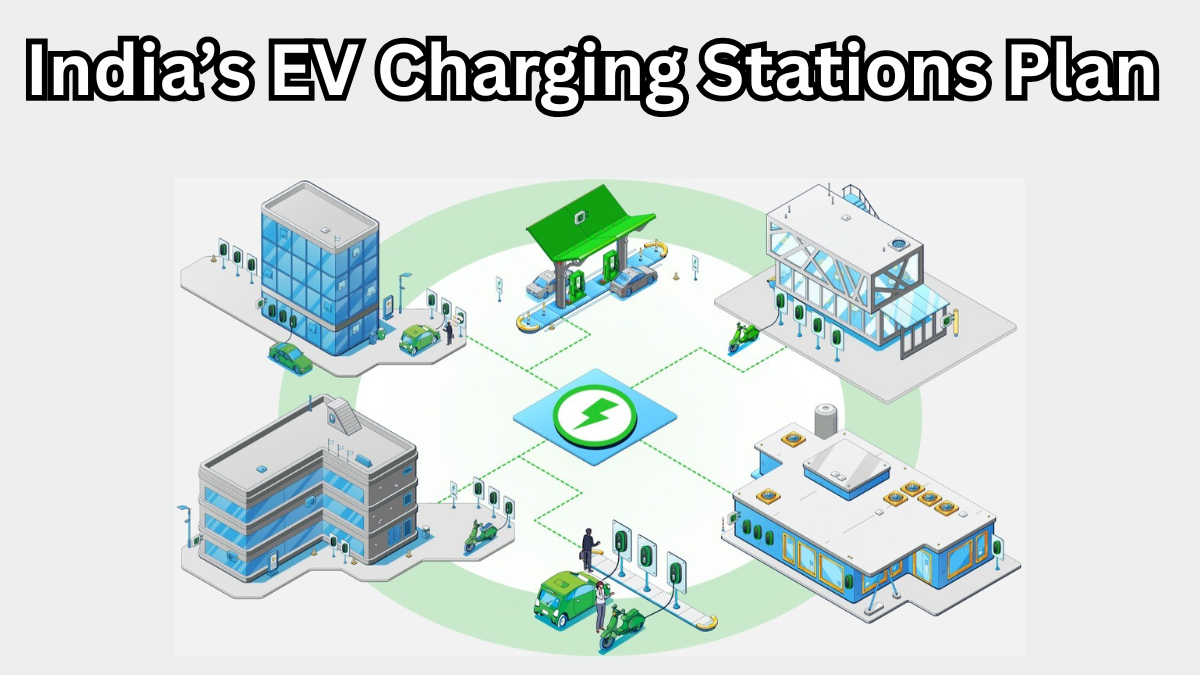India is speeding toward a green future, and 2025 is shaping up to be a pivotal year for the country’s electric vehicle (EV) revolution. With rising fuel prices, increased environmental awareness, and a push for sustainable mobility, the Indian government has rolled out an ambitious roadmap to expand EV charging stations across the country.
Let’s explore the key aspects of India’s EV charging stations expansion in 2025, what this means for consumers, and how it will shape the future of transportation.

Why the Focus on EV Charging Stations?
India’s transport sector contributes significantly to carbon emissions. With a growing fleet of electric vehicles, especially two- and three-wheelers, there is a pressing need for robust electric vehicle infrastructure in India by 2025.
Key reasons behind the expansion:
-
To reduce dependency on fossil fuels
-
To cut down urban air pollution levels
-
To meet climate commitments under the Paris Agreement
-
To boost domestic EV adoption by reducing range anxiety
The Vision: What’s Planned for 2025?
The Ministry of Power, in collaboration with the Bureau of Energy Efficiency (BEE), has devised a detailed expansion plan. This includes the setup of thousands of new charging stations across urban and rural India.
EV Charging Infrastructure Goals for 2025:
| Target Area | Objective by 2025 |
|---|---|
| Number of Charging Stations | Over 22,000+ charging stations across India |
| Major Highways Covered | Over 100+ national highways |
| Metro Cities Focus | Delhi, Mumbai, Bengaluru, Hyderabad, Kolkata, Chennai |
| Rural & Semi-Urban Focus | 25% of new stations to be in non-metro areas |
| Fast Charging Network | High-speed chargers every 25 km on highways |
This aggressive expansion will ensure that EV charging stations expansion in India is not limited to cities but also supports remote and semi-urban areas.
What Types of Chargers Will Be Installed?
To cater to various types of EVs—ranging from scooters to buses—multiple charging solutions will be deployed.
| Charger Type | Power Output | Use Case |
|---|---|---|
| Slow AC Chargers | 3.3 kW – 7.2 kW | Homes, offices, malls |
| Fast DC Chargers | 15 kW – 150 kW+ | Highways, public stations |
| Ultra-Fast Chargers | 350 kW (planned) | Buses, commercial EV fleets |
This is part of a broader plan to make electric vehicle infrastructure in India 2025 future-proof and versatile.
EV-Friendly Highways Coming Soon
One of the key features of the expansion is making highways EV-ready.
Upcoming features include:
-
EV charging stations every 25–50 km on major national highways
-
Charging zones integrated with existing petrol pumps
-
Multi-brand compatibility with Bharat EV specs and global standards
Government Schemes & Incentives
To promote this expansion, both central and state governments are offering lucrative incentives:
-
FAME-II Scheme: Offers subsidies for EV infrastructure
-
State EV Policies: Cities like Delhi, Maharashtra, and Tamil Nadu are offering tax exemptions and subsidies for EV chargers
-
Public-Private Partnerships: Encouraging investment from companies like Tata Power, Adani, and Ather Energy
Benefits of This Expansion for EV Users
If you’re an EV user or planning to switch, here’s what you can look forward to in 2025:
-
Less range anxiety with a widespread charging network
-
Reduced EV charging times with faster chargers
-
Better support for intercity EV travel
-
Increased real estate value for locations with EV infrastructure
Impact on India’s Green Goals
This development is a major step toward achieving India’s green energy goals:
| Environmental Impact | Expected Outcome by 2025 |
|---|---|
| Carbon Emissions Reduction | Estimated drop of 10–15% from the transport sector |
| Renewable Energy Use | Integration of solar-based EV charging |
| Cleaner Urban Air | Reduction in vehicle-based pollution levels |
The Role of Smart Tech in EV Charging
Smart meters, payment gateways, mobile apps, and IoT-based monitoring are also being integrated into this plan, making electric vehicle infrastructure in India 2025 digitally accessible and user-friendly.
Conclusion
India’s EV charging stations expansion in 2025 is not just about plugging in cars—it’s about plugging into the future. With policy support, private investment, and growing public interest, India is firmly steering toward sustainable, electric-powered mobility.
FAQs
1. How many EV charging stations will India have by 2025?
India is targeting over 22,000 public charging stations across key cities and highways by 2025.
2. Will there be EV charging stations in rural areas too?
Yes, the government aims to set up at least 25% of new EV charging stations in rural and semi-urban regions to support widespread adoption.
3. What type of vehicles can use the upcoming charging stations?
The network will support all types of EVs—two-wheelers, cars, buses, and even commercial fleets—with both AC and DC fast charging options.
4. Are there any apps to help locate charging stations?
Yes, multiple apps and platforms (like Plugshare, Tata Power EZ, and EESL) will help users locate, book, and pay at EV charging stations seamlessly.
Click here to learn more
